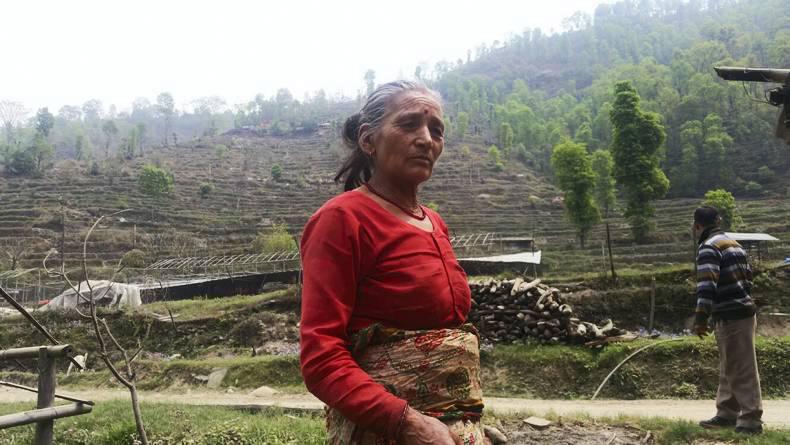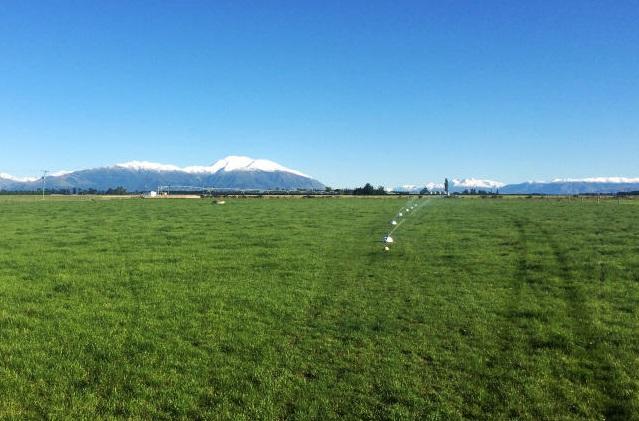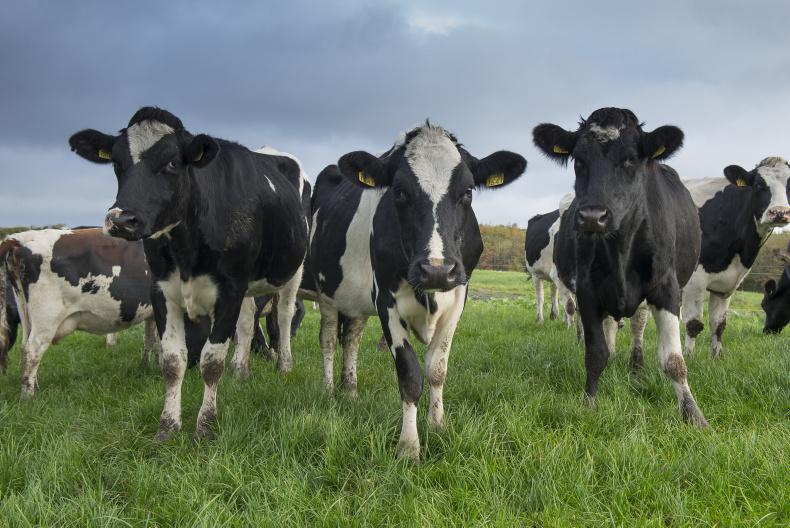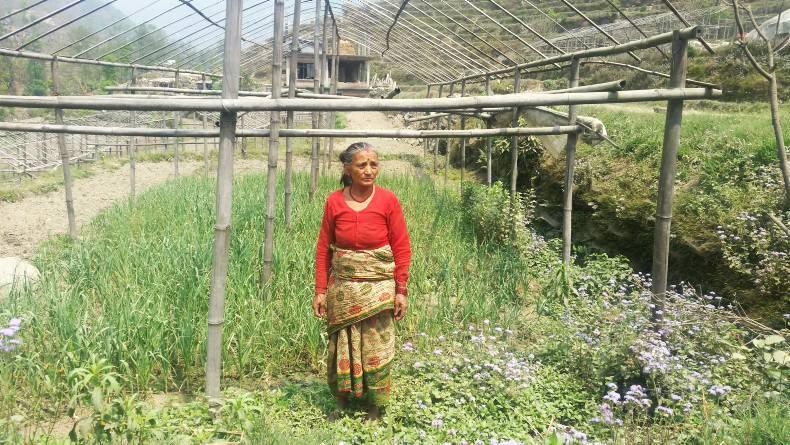On 25 April last year, an earthquake measuring 7.8 on the Richter scale devastated Nepal. Some 8,000 people lost their lives, with just under half of these deaths taking place in the rural Sindhupalchowk district.
Located three hours outside the capital of Kathmandu, the mountainous district suffered the highest magnitude (6.7) aftershock soon after the first earthquake, resulting in the destruction of 96% of houses and leaving 109,000 people homeless.
As the earthquake unfolded around her, Danta Maya Shrestha described the events as something resembling a scene from a film. Eight of her relatives died that day, while her husband and daughter were traumatised after becoming trapped under the rubble of their home.
“I ran out of my home and buildings were just falling around me. There was dust everywhere – I didn’t recognise the people around me,” she recalled. “Everyone was just screaming and crying. We started to run because we thought the mountain would crumble too.”
An area highly dependent on agriculture, the earthquake also resulted in the huge loss of livestock in the area, with 18,634 cows, goats, pigs and buffalo killed, and the further deaths of 59,101 chickens and ducks. Storage crops were also destroyed, while planting fell by 25% and the 6,000 polytunnels in the area are either ruined or used as shelters. It is estimated that the cost of damage to agriculture in Sindhupalchowk alone amounts to over €26m (30m rupees).
Danta Maya, who is a farmer, said that the land isn’t suitable for planting any more. The irrigation system in place before was damaged by the earthquake and there is no source of water for the land. She also lost half of her poultry, as well as goats.
“We have been left with nothing. All of our resources are gone,” she said. “I’m so worried about food.”
Though she is one of the few in the area who is living in a house again, she had to avail of a loan to build again. The government promised victims compensation but there is no sign of it being paid out, with everyone we meet complaining about lack of action from those in power.
No hope
Indeed, they are right to feel this way since not much has changed since last year. Bricks and rubble still lie strewn on dusty roadsides, while most families remain living in tiny makeshift shelters with no hope of leaving. It has become more difficult to build too, as the government has introduced new guidelines to make homes earthquake-proof, which means that many will not be able to afford to reconstruct.
However, repairing damage caused by the earthquake is just one concern for farmers in Nepal. In the long term, security is being threatened by climate change, which is causing an unpredictable rain pattern, going from drought to heavy monsoons causing landslides.
Farmers usually plant at this time of year, with the monsoon season coming soon. Though the government has provided improved hybrid seeds to farmers, one farmer we spoke to, Sani Kumari Rai, is not optimistic about yields from this year’s crop due to land quality.
“This time of year used to be the right time to plant but conditions aren’t right – it’s been seven months since we have had rain,” said Sani.
Food parcels were distributed in the immediate aftermath of the earthquake, but with many NGOs and aid agencies no longer in Nepal, food security is a huge concern and the Nepalese feel left behind. With immediate attention on rebuilding homes, and many still deeply traumatised by the events of last year, it seems that the future of farmers of Nepal is uncertain.
Aisling Hussey visited Nepal with support from the Simon Cumbers Media Fund














SHARING OPTIONS